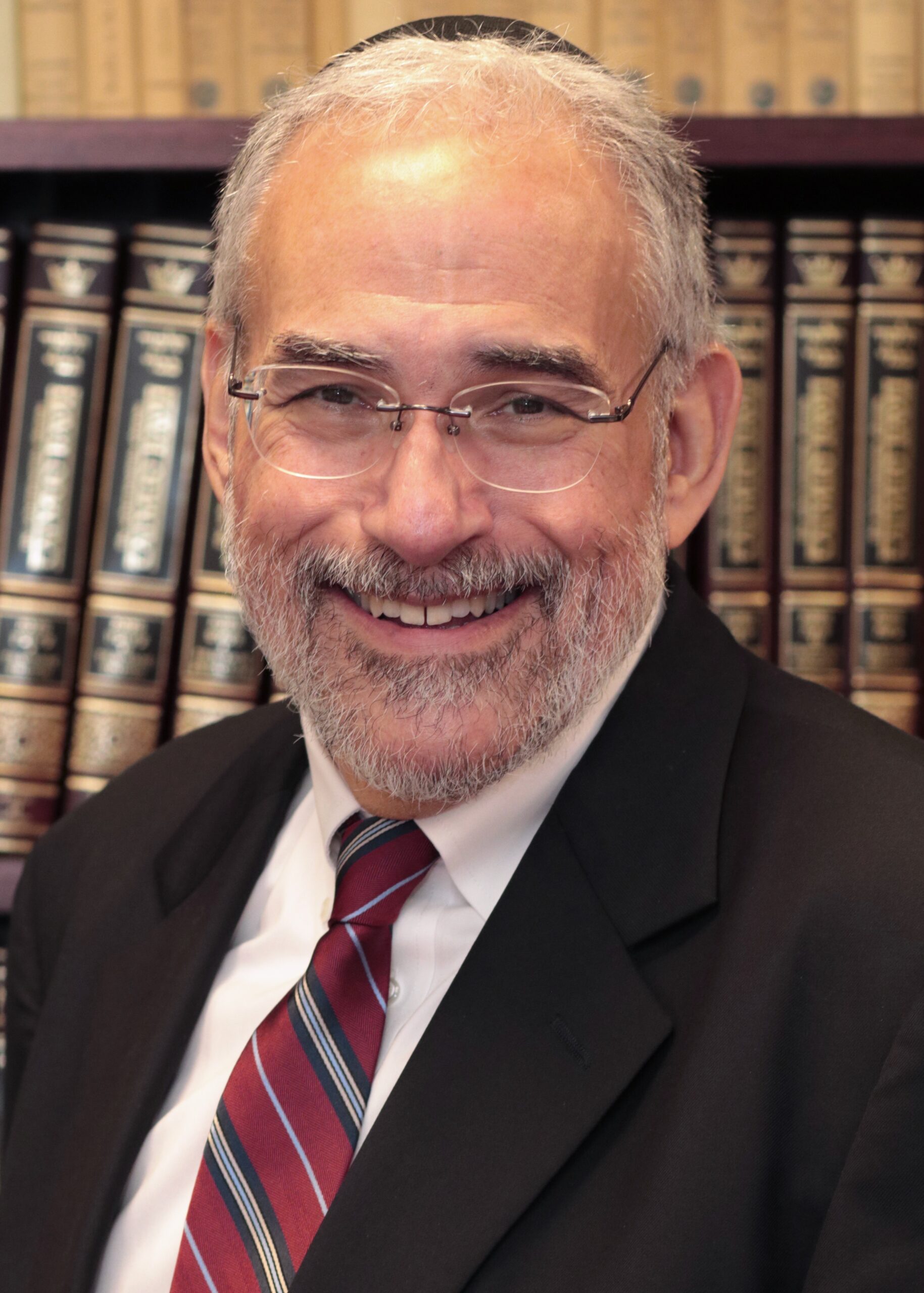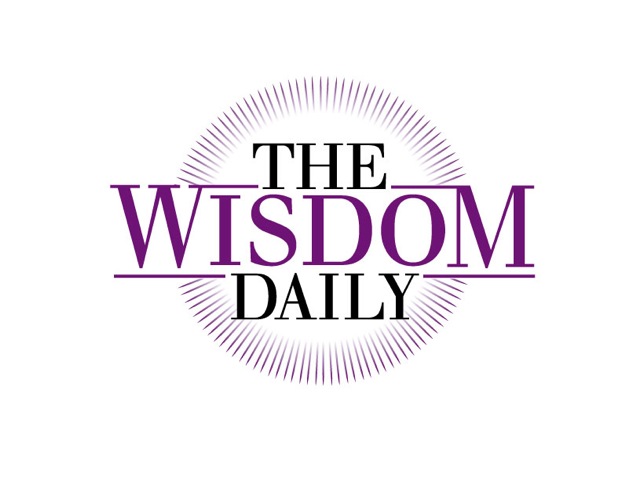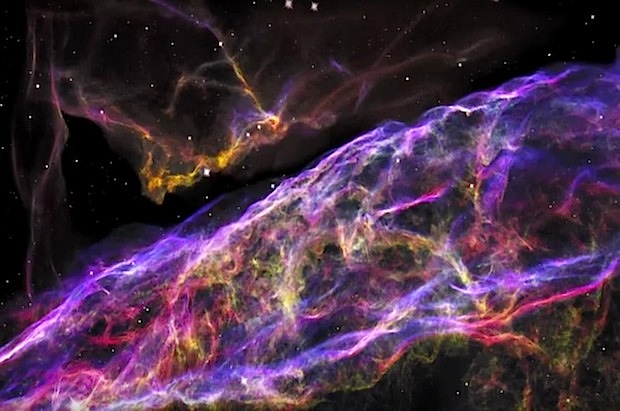I have to admit, I’m a total sucker for images like this one captured by the Hubble Space Telescope. I bet it captures your attention, too!
If you’re like most people, including me, it’s not just the psychedelic beauty of what NASA has identified as a “veil nebula” that grabs your attention. It’s also knowing that this crystal clear image reaches us from billions of miles away, and that the celestial debris captured for us to view is actually from a supernova explosion in the Cygnus constellation 8,000 years ago! Not to mention the fact that such remarkable beauty is the byproduct of a very violent, catastrophic event.
Each of our lives has beauty and power that we rarely appreciate and will likely never fully know.
I don’t know about you, but seeing the remains of this exploded star gets me thinking about all kinds of things – like legacy, and the long-term impact of long-forgotten moments, and the fact that what counts as destruction from one perspective can be quite creative and inspiring from another. It also reminds me that long-gone gifts (both things and people) can still reach me today with remarkable beauty and power.
So without belaboring these issues, I just want to invite the possibility that we open ourselves to the ways in which our lives can have the impact – if not the scope – of a supernova. We can live in ways that create legacies that will impact others in ways that nobody can predict, suggesting that each of our lives has beauty and power that we rarely appreciate and will likely never fully know.
The takeaway? Live more and worry less, and let nature takes its course. And believe me when I say that I’m writing this advice as much to myself as I am to you!
Spend a few moments with this image, and see where it takes you; what it suggests to you about the world in which we live and the idea that measuring your impact may be far more complex and long-term than most measures of success any of us have been taught.
Image credit: NASA.gov/YouTube.com

Listed for many years in Newsweek as one of America’s “50 Most Influential Rabbis” and recognized as one of our nation’s leading “Preachers and Teachers,” by Beliefnet.com, Rabbi Brad Hirschfield serves as the President of Clal–The National Jewish Center for Learning and Leadership, a training institute, think tank, and resource center nurturing religious and intellectual pluralism within the Jewish community, and the wider world, preparing people to meet the biggest challenges we face in our increasingly polarized world.
An ordained Orthodox rabbi who studied for his PhD and taught at The Jewish Theological Seminary, he has also taught the University of Pennsylvania, where he directs an ongoing seminar, and American Jewish University. Rabbi Brad regularly teaches and consults for the US Army and United States Department of Defense, religious organizations — Jewish and Christian — including United Seminary (Methodist), Yeshivat Chovevei Torah (Modern Orthodox) Luther Seminary (Lutheran), and The Jewish Theological Seminary (Conservative) — civic organizations including No Labels, Odyssey Impact, and The Aspen Institute, numerous Jewish Federations, and a variety of communal and family foundations.
Hirschfield is the author and editor of numerous books, including You Don’t Have To Be Wrong For Me To Be Right: Finding Faith Without Fanaticism, writes a column for Religion News Service, and appears regularly on TV and radio in outlets ranging from The Washington Post to Fox News Channel. He is also the founder of the Stand and See Fellowship, which brings hundreds of Christian religious leaders to Israel, preparing them to address the increasing polarization around Middle East issues — and really all currently polarizing issues at home and abroad — with six words, “It’s more complicated than we know.”

